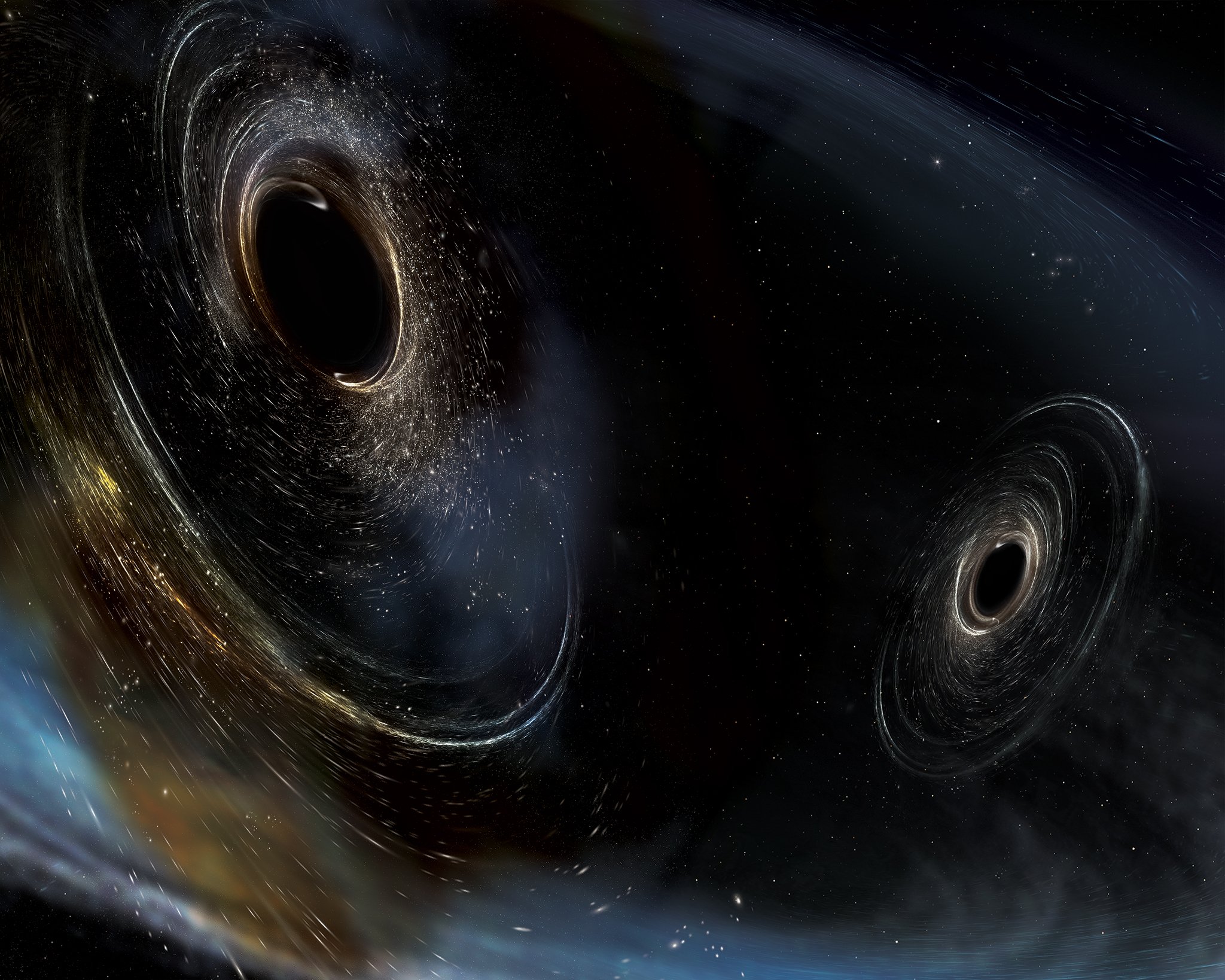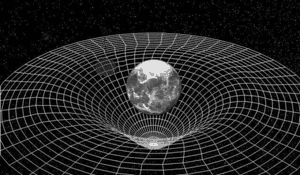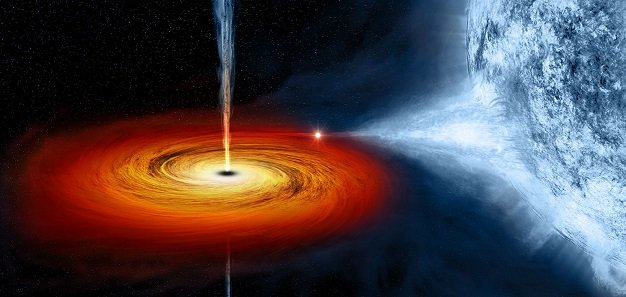"@suesa’s Science Challenge #2: Misconception on Black Holes"
In response to @suesa’s Science Challenge #2, I made an entry to the said contest concerning the topic “Scientific Misconception that Either Amuses or Annoys You”.
As an engineering graduate and as person fond with science, I’ve been fascinated by the progress of science today. New discoveries leading to better understanding of the universe and its nature had always captivated my attention. However, misconceptions in science such as “the big bang theory involves a giant explosion”, which I only discovered on my later stage in life, had also had similar effects and impression in me. One science misconception that amused me most is the misconception that black holes are giant cosmic holes which sucks everything that comes near it.

Basically during our elementary years, we inaccurately learned that black holes are huge holes or massive vacuums in the universe which intensely sucks everything that comes near them that even light could not possibly escape. There are also concepts explaining that there exist other dimensions or likely other universe inside black holes. We also learned that black holes could possibly be portals to other universe or to other worlds in different space and time. There are also questions raised like what’s really on the other side of the black hole. These ideas eventually lead us to believe that black holes are giant cosmic vacuums, which in fact are not. Furthermore, black holes are also generally misinterpreted due to its misleading black “hole” term.
What is a Black Hole?
According to NASA,
A black hole is a place in space where gravity pulls so much that even light cannot get out. The gravity is so strong because matter has been squeezed into a tiny space. This can happen when a star is dying

So based on the definition above, black holes are technically not holes. Black holes are dense objects composed of compressed matters. Basically the gravitational pull of an object depends on the ratio of its mass and radius. The gravitational force of a black hole is so strong because its matter is forcibly compacted into its least space.
Think of it like this, supposed that we forcibly and continually squeeze earth into smaller and smaller object, its gravity will increasingly change and the earth will eventually become a black hole until it’s squeezed into its least space. Therefore, black holes are simply compacted object with enormous amount of mass.

Mainly, black holes are dark and invisible because no light could possibly escape out of it. Black holes are technically invisible because light is vacuumed rather than being reflected. Thus, due to this nature black holes are mostly regarded and mostly misinterpreted as cosmic holes.
There are basically three types of black holes; stellar black holes, supermassive black holes and intermediate black holes. Usually, black holes are created when dying stars explode.
I HOPE THAT YOU LEARNED SOMETHING
Reference:
[1]https://www.space.com/15421-black-holes-facts-formation-discovery-sdcmp.html
[2]https://www.nasa.gov/audience/forstudents/k-4/stories/nasa-knows/what-is-a-black-hole-k4.html
